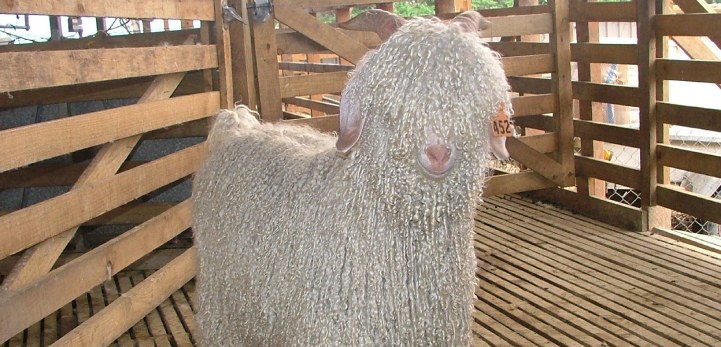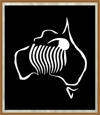If you’re interested in buying angora goats to produce mohair, then you have come to the right place. Here, you will find practical information on how to start out on the best foot in this industry.
Angora goats are among the most friendly and sociable small farm animals around, and those involved in angora goat farming thoroughly enjoy their daily interactions with them.
Over the last few decades, advances in angora genetics mean that these goats are well-suited to many areas of New Zealand, especially areas where there are free-draining soils.
Are angora goats right for me?
The answer is yes…
- If you are looking for something a little bit different from the usual boring sheep and beef.
- If you are passionate about growing natural fibres and improving the environment through your farming practices.
- If you want to move away from conventional farming methods surrounding weed control and improving soil health on your farm.
- If you find them endearing!
Whether you have an established farm running other stock, or whether you intend to farm goats exclusively, with proper management these animals are easy to care for.
Angora goats make a great addition to established farms, including dairy, sheep, or beef farm systems. Goats can provide a chemical-free solution to weed control, help with pasture management, and assist in an overall improvement of stock health.
Buying Angora goats for mohair production – Where to start
One of the best ways to start an angora goat herd is through contacts within the industry. Contact with other angora farmers can be made through attending local sales or shows, where you can talk to other mohair producers and breeders.
Buying your goats from a reputable breeder gives you peace of mind that they’ll be healthy and good producers.
When looking at angora goats to buy, there are a few things to look out for.
What does a good angora goat look like?
Firstly, as with all other farm stock, good overall health of the animal is important. This includes looking out for any visible disabilities or illnesses. More specifically, you should take notice of:
- How they stand and walk. They should stand square and solid with no sign of lameness.
- Foot and toe shape. Toes should have a gap between them and be evenly worn.
- Body condition. This can be hard to judge when goats are in full fleece, but feeling either side of the spine just up from the tail for fat and muscle coverage is a good indicator. Skinny goats will need more feeding to get them back in good nick.
- Teeth and mouth. They should have a full bottom row of teeth. Very old goats may be missing some incisors, but this should be reflected in the price. The mouth should close fully around their teeth. It should not be over or under shot.
- Horns should be wide set. This is so if they hook another goat’s leg between them, there is enough space for the goat to escape without any serious damage being done.
- Tail end. The back end of the goat should be free of any major stains or dags. The tail can be a good indicator of how the goat is feeling health wise. An upright tail is a good sign, where as a tail that is down means the goat is feeling a bit under the weather.
- Barrel shaped body. Angora goats are stout and chunky compared with their dairy counterparts.
- And of course the fleece. It should be free from kemp (hollow, coarse fibres that the fleece buyers don’t like because it doesn’t process well) and any coloured fibres (for the same reasons).
Further information for getting started with angora goats



